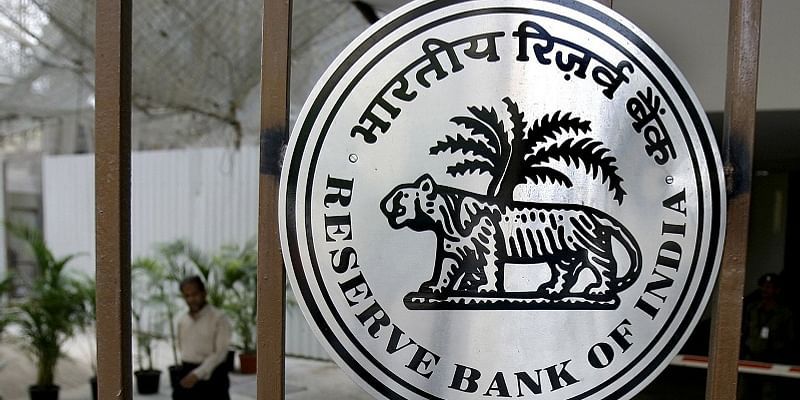Rahul Sharma, Co-Founder & Executive Director, Micromax on their journey to success at the TechSparks 2011 Delhi RoundTable
Tuesday May 10, 2011 , 4 min Read
It was a typical summer Saturday at IIT Delhi, with the blistering sun accentuated by the steady buzz of students milling around the campus. But unlike other sombre weekends, the afternoon of the 7th of May kicked off with a warm welcome laid out to the dynamic keynote speaker of the TechSparks 2011 Delhi Roundtable, Rahul Sharma, Co-founder & Executive Director, Micromax.

Rahul started his address with a brief introductory note about his company and moved on to enthrall the audience with his recollection of their transformational journey from being an e-commerce startup to becoming the third largest mobile handset seller in India.
Micromax Informatics Private Limited was started 11 years back in the year 2000 by four friends, with three of them happening to be from a Mechanical Engineering background. “The industry at that time was pretty dynamic and although we started with e-commerce, we quickly moved over to Embedded Systems.", said Rahul. Business grew quickly and Micromax soon found a partner for their M2M (Machine to Machine) business in the form of Nokia and met with phenomenal success. But soon, they came across their first set of roadblocks. Their M2M partner Nokia sold off the technology worldwide. However, keeping in mind Micromax's excellent track record, Nokia offered to collaborate with them in a new business that the multinational corporation was planning to start. The Micromax team, due to their passion and belief in what they were doing, promptly refused the offer and decided to continue their existing business independently.
They developed their own hardware and soon found a partner in the form of Bharti Airtel. Their first assignment was the installation of payphones in the rough terrain of Jammu and Kashmir. They approached the assignment with the belief that if the payphones could work in such hostile environments, they could work anywhere in India. Micromax lived up to their expectations and completed the project successfully.
The greatest inspiration for Micromax to enter the mobile phone manufacturing business came from a chance encounter that Rahul had with a payphone operator who was doing business in an area where there was no electricity and poor network coverage, deep in interior West Bengal. Rahul quickly identified that the problems being faced by that payphone operator were pretty much the same as those troubling the regular and more affluent customers, i.e., if the phones had to be charged often, there was no point in having them. Rahul was fascinated by the nature of “jugaad” (innovative adaptation to suit the difficult conditions) which the payphone operator had employed and his interest only grew when he found out that ,to everyone's surprise, the operator was also able to earn a tidy sum of money.
Based on this phenomenal experience of innovation arising from constraint, Micromax soon made a phone which had a battery back-up of one whole month. Rahul had to convince his peers in the company about this launch, as they were quite hesitant to enter that business due to the intense competition which prevailed in the market. But soon, they realized the magnitude of the opportunity and launched their first 'stamina battery' phone. They put out an initial stock of about 10,000 pieces in the market. Within 10 days, every single phone was sold and this happened through sheer word-of-mouth publicity and without any advertising.
Rahul stated that his company believed in a single philosophy - if the end user benefited from the product in one form or the other, then the product would definitely be a sucess. “We must not follow the road map created by others. Rather, we must create one for ourselves, with newer and more innovative models tailor-made for our needs and expectations.”, stressed Rahul.
Keeping this central to all their endeavors, Micromax thus made significant progress and went on to launch a whole gamut of phones, all designed to suit the various needs of the common Indian customer. In fact, it was this approach that led them to introduce dual SIM phones in the Indian market. They were the first to do it and today, it has grown into a whole new category with global players now jumping into the fray.
Within half an hour, Rahul had managed to crisply capture the key moments of the Micromax journey and the philosophy that helped them succeed. But as the audience filtered out of the venue at the end of the event, it was clear that he had also managed to capture the hearts of numerous entrepreneurs who had attended the roundtable, thereby rekindling in them the fire to be the future drivers of the product technology revolution kickstarted by Micromax.
Image Courtesy : Micromax Delhi Bloggers' Meet Flickr Stream







![[Weekly funding roundup April 20-26] VC investment dips as startups resort to debt capital](https://images.yourstory.com/cs/2/220356402d6d11e9aa979329348d4c3e/funding-lead-image-1669386008401.jpg)

![[Jobs Roundup] These openings may help you land a role in business travel SaaS startup ITILITE](https://images.yourstory.com/cs/2/ba9e8080834311ec9e7e95cb06cf6856/ITILITEnewfinal-1650268200560.png)
